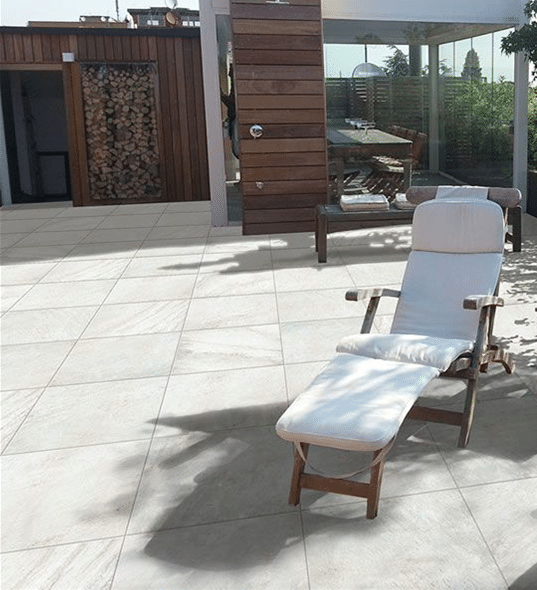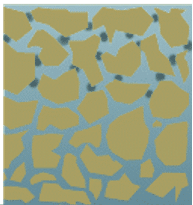THE BEST CONCRETE DENSIFIERS FOR STONE AND CONCRETE
With all of the advancements in the concrete industry, concrete densifiers stand out and are amazing products with important benefits. However, concrete densifiers are not only confusing for those outside of concrete industries but can even cause some confusion for those within the industry as well. This article will discuss in easy to understand terms what a densifier is, how it works, and selecting the best Serveon Sealants densifier for your project.
What is a Concrete Densifier?
A concrete densifier is a topical, water based chemical hardener. It is commonly sprayed on top of a concrete product or concrete slab after placement. If polishing the slab, it is used during the process of refinement. Regardless if the slab is a poured deck or is polished or left unpolished, using a densifier is an economical way to add strength, endurance, and longevity. It also make it less permeable to stains.
Concrete densifiers are used as part of the refinement process of concrete polishing but are also widely used on unfinished concrete slabs, concrete tiles, and poured pool surrounds and patios. Concrete densifiers can be used on old concrete as well as new concrete. This product acts as a pore filler and increases the surface density of the concrete.

When applied, the densifier deeply penetrates the concrete, creates a chemical reaction, and produces a byproduct that fills every pore. This outcome hardens the concrete surface reducing pitting. It increases the surface durability of new concrete significantly compared to concrete surfaces that are not treated with a densifier. The product hardens old concrete, decreasing wear and the effects of weather.
How Do Densifiers Work?
During the process of curing, concrete slabs or anything made from concrete like pool decks and patio decks produce a byproduct called free lime. The free lime remains in the concrete long after it has cured. Free lime is calcium carbonate, which when it reacts with the concrete densifier produces a stronger substance. Because products made from concrete are porous by nature, using a densifier is a great way to make them less porous and stronger overall as a finished floor or driveway surface.
When the concrete densifier reacts with the free lime, calcium-silicate-hydrate gel forms. This gel is a very dense and hard crystal which forms a continuous layer. The chemical reaction that is produced binds the concrete and densifier together, making the slab or concrete sections stronger and more durable to wear than it was before treatment. Another added benefit of treating concrete with a densifier is that it stops it from dusting (a continual natural occurrence with concrete over time).
Benefits of Densifying
Densifying for years has been associated with commercial building applications where polished concrete is preferable for many buildings, factories, and other facilities. Due to its strength and resistance to wear, concrete densifiers have been an ideal accessory for polished floor surfaces in a variety of settings including stadiums, hospitals, government buildings, airports, and factories. Densifying increases the floor’s resistance to moisture, chemicals, oil, grease, and abrasion. It also takes much longer to show wear from pedestrian or vehicle traffic and increases light reflection.
For concrete pools surrounds and patios all the same benefits apply. The concrete surface is made much stronger and resistant to wear, chipping and cracking. Because it is now less porous, it is also more resistant to stains. Importantly, densifying is a permanent application.
For decorative concrete tiles, densifying adds years of wear and reduces chipping.
Serveon has advanced densifying sealers for natural stone. These densifying sealers restore decaying and flaking stone and reduce the effects of deterioration for years.
Which Serveon Densifier is Right for Your Project?
Selecting the right professional Serveon Densifier for your patio or pool surround’s unique circumstances is important. Over the last 15 years our densifier applications have made it through hurricanes and floods, scorching hot summers and freezing winters. We believe they are the best in the industry.
Importantly, some of our consolidator/densifiers also contain chemicals that repel water and eroding pool salts dissolved in water. These chemicals penetrate into the surface where they chemically react to form a long-lasting hydrophobic barrier within the pores. Most of Serveon’s densifying sealers also inhibit efflorescence from rising to the surface.
Concrete Densifiers
SD500: Consolidating/densifier is a formulation of penetrating lithium and other silicates for new and existing concrete. They react with concrete to produce insoluble calcium silicate hydrate within the concrete pores. SD500’s cutting-edge technology easily makes it the premium hardener, densifier and sealer for concrete surfaces old or new. Click here to see more.
SD600: The Shell Densifier is identical to SD500 plus it waterproofs. SD600 integrally waterproofs, densifies, strengthens and preserves concrete of any age at any point during the concrete’s lifespan. Click here to see more.




